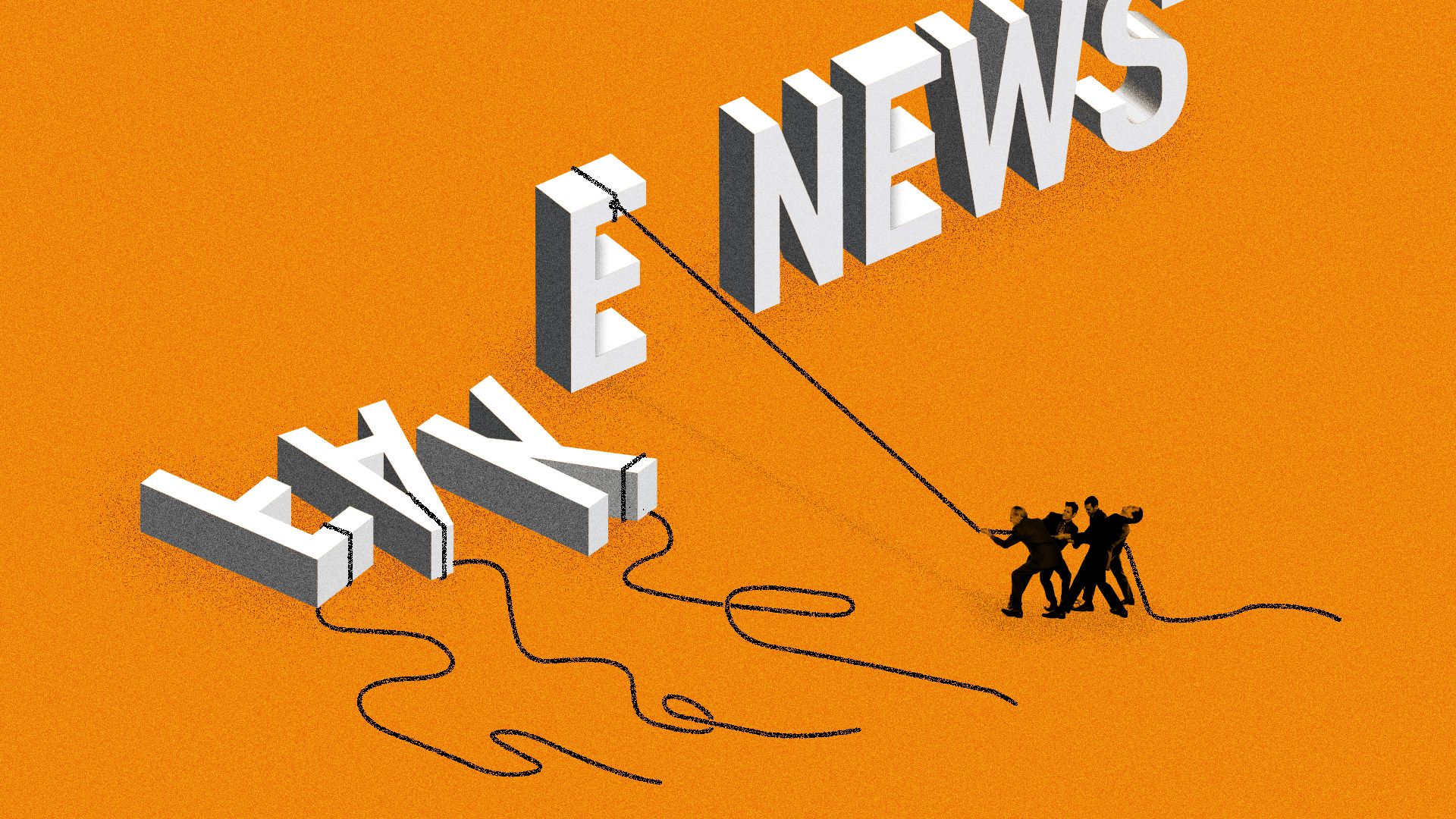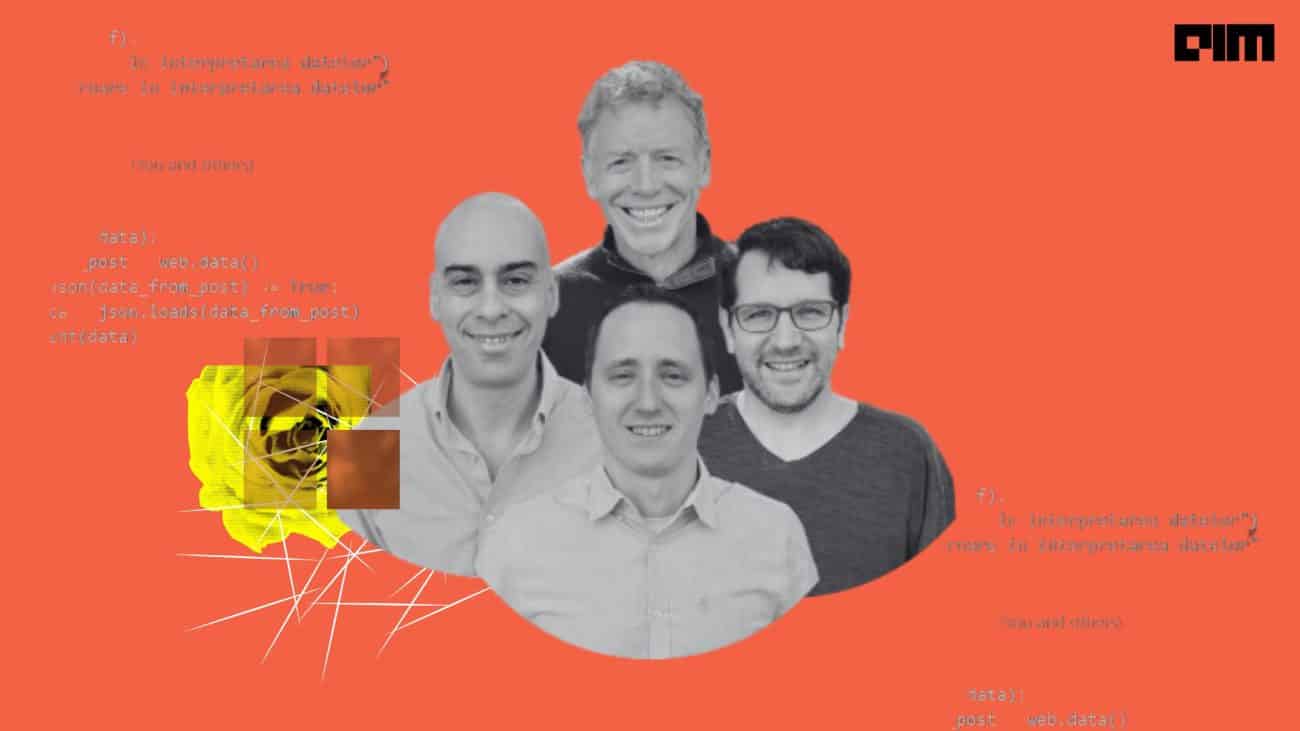
One of the biggest threat that is challenging democracies across the world is the issue of fake news. With the advent of social media, spreading of misinformation has become a pervasive problem, which has resulted in the toppling of governments, changing the course of the election and even killing of innocent people.
However, with the emergence of technologies like artificial intelligence and machine learning, these technologies have proven to be a potent weapon to find inaccurate news, cross check the content and to validate particular news.
In India, a number of educational institutes like the Indian Institute of Technologies (IITs) and the International Institutes of Technologies (IIITs) have been conducting various researches in the field to make social media a safe place for the netizens. In this article, we sum up the research and development conducted by these institutes to stem the spreading of fake news over social media.
Indian Institute of Technology, Kharagpur: Researchers from the institute’s Department of Computer Science and Technology devised an AI algorithm that could detect fake news with nearly 90 per cent accuracy. Originally designed to tame propagation of fake news during the time of a calamity, the researchers said that it has proven to be successful in other contexts as well.
The solution can scan through scores of content in social media, extract content, authenticate the message and then map the origin of the message.
“Our solution can detect fake news and can even alert users in the time of disasters through deep machine learning algorithms. We are developing AI methods to extract specific types of critical and actionable information from social media content posted during disasters such as resource needs, resource availability and information about trapped people,” Saptarshi Ghosh, a developer of the solution said.
The solution, which was developed with the help of Microsoft Research India was tested on Twitter and Whatsapp during the 2015 Nepal earthquake and then in 2016 floods.
International Institute of Technology, Hyderabad: In 2018, researchers from the institute developed an AI and ML-based web-engine called the Fake-O-Meter, that can analyse through a large volume of data to assess the news. Further, the engine rates the report in green, amber and red based on the result. With the help of technologies like AI, ML and Natural Language Processing (NLP), the engine does a primary scan of content, network and domain analysis. Though not yet open to the public, the app is currently available in English, Spanish and Chinese.
Speaking on the development, Vasudeva Varma, Professor and Dean (Research) of IIIT (H) said, “The solution is based on Machine Learning, Artificial Intelligence and Natural Language Processing technologies. You copy the URL (web address) of a report that you wanted to verify and paste it in the query box
Indraprastha Institute of Information Technology, Delhi : Ponnurangam Kumaraguru, a professor at the college have been building an application that uses machine learning to establish the veracity of news, videos, text and audio recording. The app, which is currently being developed, provide a label of authenticity to the message and then colour codes depending on its authenticity.
“This app will be on your phone and will keep looking at your messages and analyse it through machine learning to annotate a post about its genuineness. The app will also show you a credibility score to rate a message,” Kumaraguru noted.
IIIT D– Recently the researchers from the institute came up with an innovative idea to reduce automated face analysis of customers over the net. The mechanism is used by marketers to analyse customers’ face from their social media and to make any suggestive advertisements.
To prevent it, the researchers developed ML algorithms and relied on predictive analytics to stop the misuse of customer data. “Veral websites display advertisements based on the outcome of facial analysis including age, gender and ethnicity of the person. In several cases, advertisement companies crossed the line which results in anxiety and depression. For example, showing slimming facilities if the person looks overweight in the image on social media sites,” Saheb Chhabra, researchers at IIIT Delhi said.


















































































